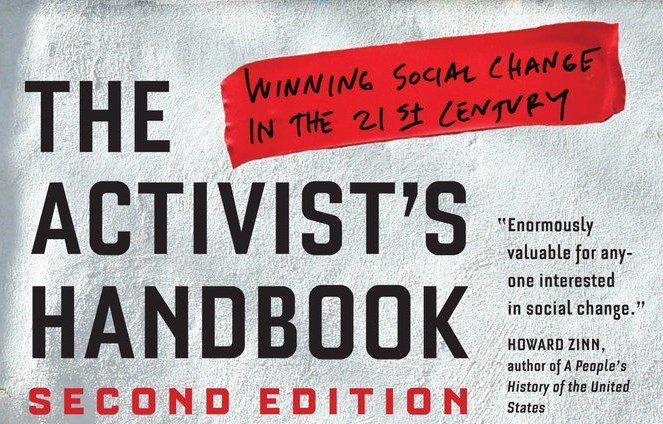
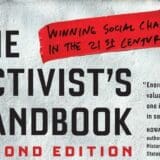
Randy Shaw does not fit the rabble-rouser profile. An upper-middle-class native of West Los Angeles, he came to San Francisco in 1979 to enroll in the city’s prestigious Hastings Law School, whose downtown campus is part of the University of California, Berkeley. There, however, he discovered that his school had for years been expanding by swallowing up residential hotels catering to low-income residents in the adjacent Tenderloin district.
“It used to be,” Shaw remembers, “that if you wanted to evict someone in the Tenderloin you’d throw them down a flight of stairs. Then it became more civilized: You’d just threaten to throw them down a flight of stairs.” In 1980 he co-founded the Tenderloin Housing Clinic as a legal aid resource for neighborhood residents. But it soon grew into an aggressive grassroots organization battling developers who wanted to replace much of the Tenderloin with luxury tourist hotels.
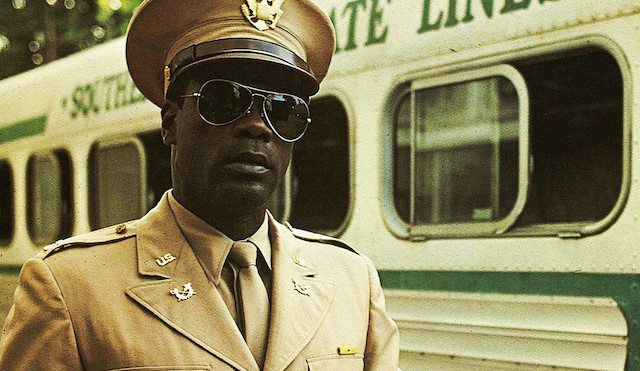
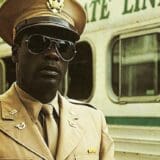
Every year for Black History Month, the TV networks and premium movie channels roll out the same programming: Malcolm X, Mississippi Burning, The Color Purple…. It’s not that these films aren’t great; they are. It’s just that every year for as long as they have been around, they’re all that come on during February. I can quote The Color Purple line for line. The history of black folks is larger and more diverse than the civil rights movement and slavery. Let’s give some other films a shot, shall we?
Let the Fire Burn
In the spring of 1985 a bomb was dropped on a row house in Philadelphia. A fire spread quickly and burned down 61 houses, eventually killing 11 people, including five children, and injuring numerous others. The fire and police departments stood by and did nothing to stop the blaze.
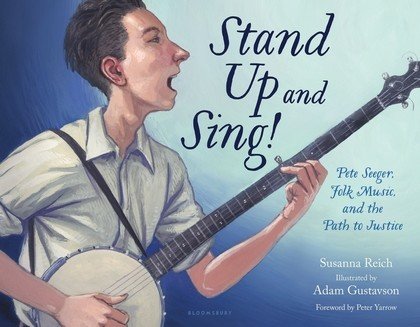
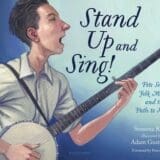
Lara Bergthold remembers the afternoon she and Norman Lear arrived at Pete Seeger’s rustic home overlooking the Hudson River, a house Seeger and his wife Toshi had built themselves years before. Bergthold, a prominent political and communications strategist and former executive director of the Lear Family Foundation, was the associate producer of Pete Seeger: The Power of Song, a 2007 documentary about the famed folksinger and social activist, and had recently brought Lear into the project. The two had been chauffeured from Manhattan in a Mercedes sedan and were eager to discuss ideas to improve the film that had so far been shot by director Jim Brown.
“When we pulled up to his house,” says Bergthold, “Norman and I get out of the back, and Pete walked around us and to the driver and shook his hand and invited him to come in for salad. He considered the driver to be the person he should greet first and it didn’t matter that the driver was a nameless person.
» Read more about: Pete Seeger Remembered: A Conversation With Lara Bergthold »
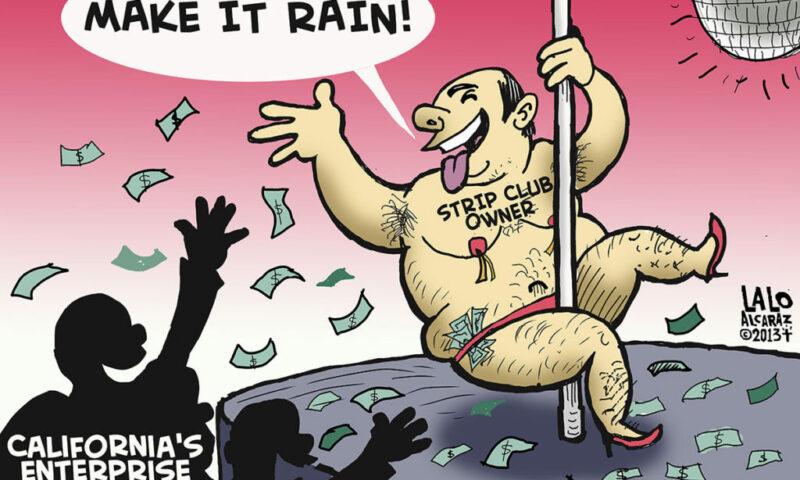
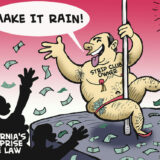
Illustration by Lalo Alcaraz. (Click image twice for full size.)
See Gary Cohn’s reports on California’s enterprise zone program and the tax credits received by two Sacramento strip clubs.
» Read more about: Lalo Alcaraz on State’s Enterprise Zone Program »
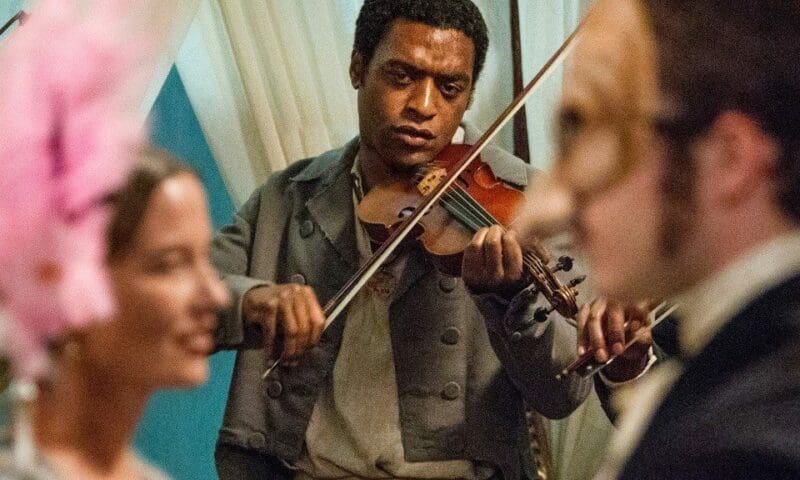

Before Capital & Main emerged from our earlier blog, Frying Pan News, writers Vivivan Rothstein and Steven Mikulan took in a movie now and then. Here are excerpts from some of their 2013 reviews.
12 Years a Slave Towering profiles of moss-hung oaks, silhouetted against languid Southern sunsets, form some of the indelible images from Steve McQueen’s new film. So too do gruesome close-ups of the scarred backs of antebellum slaves, whose skin has hardened to bark by years of whippings. This is the central visual paradox in 12 Years a Slave, which contrasts quiet moments of primeval, pastoral beauty with the loud, primitive violence practiced by plantation owners. (Steven Mikulan)
Go Public I wanted to cry after watching Go Public: A Day in the Life of an American School District.


A few years ago, the Los Angeles Times began a practice of selling ads on the front pages of its sections. It was a slow build, with a preliminary announcement in 2007 and, two years later, it actually began to happen. Reaction from readers was not positive. The continued practice is still not exactly popular. At times, it’s clear these things are ads, while in other circumstances, they are designed to look like news articles.
Whether this piece falls into that new tradition, I’m not sure. The “article” was written by Paresh Dave, and tells us about Riddell’s new InSite Impact Response System, a football helmet Riddell says will protect players against concussions. (The system uses sensors inside the helmet, which wirelessly relay to the sidelines data about potentially traumatic hits.) High schools are purchasing the helmets and offering them to parents for free or at a limited cost and,
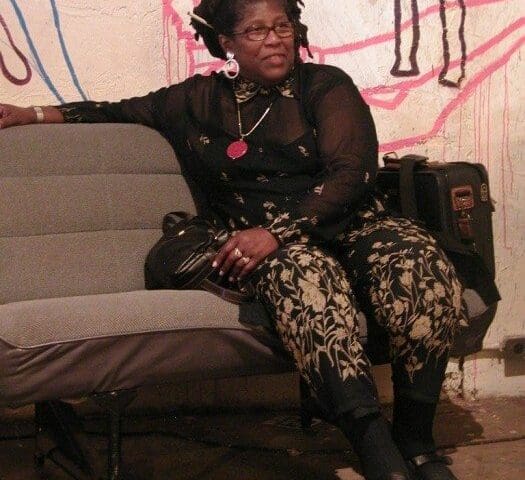
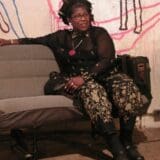
Over the past week, since Wanda Coleman’s untimely death at 67, admirers have been remembering her formidable body of work, her electrifying readings – and her identification with the city she called her home. Growing up in Watts in the 1950s, she experienced not only discrimination but also taunts by other black children because of her dark skin and untamable hair—which she describes in Bathwater Wine as “threads within coils within knots within twists.”
As a child, she took refuge in books, although not necessarily in libraries. (One poem describes a white librarian policing her through the stacks.) Her love of language sustained Coleman through her struggles to earn a living as a single mother, to cope with the death of a son and her own ill health. She did not choose an easy path. Furthermore, the West Coast is a hard place for any poet to make her name.
But Los Angeles gave Coleman a vocabulary and a landscape that she in turn made her own.
» Read more about: can’t let go of it: Appreciating Wanda Coleman »


Bursting out of ourselves,
rush of coat and elbow,
we rode over, over
Jimmy Damour, standing guard in the dawn —
the door yanked from its socket.
We rode as though on horseback
in the direction of our wanting.
They say you lay in a sleep of bronze
on the white linoleum,
while we shopped for TVs.
You a stone in the current of us.
Like water, indifferent, serpentine,
we carved the earth,
with our urgent business.
They say you shielded a pregnant woman
with your body,
that beneath the weight of us
she heard the grinding of her own teeth.
I’d like to say that because of you, Jimmy,
we make do with less.
It would suit my miserly heart
to cut, extract, leave out, whittle
down to the essential quart
of milk and sack of beans
to sit hearthside with this set of hands,
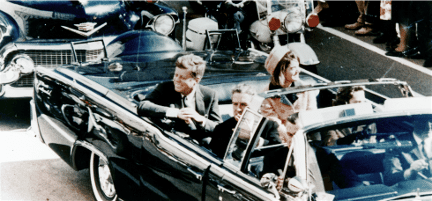
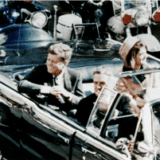
It really is true what they say – if you’re old enough, you’ll remember where you were when you heard President Kennedy was dead. I was onstage rehearsing a fifth-grade play when a teacher (a jovial Texan who seemed to know everything about the history of Dr. Pepper soda) came into the auditorium with the news. He and my own teacher seemed more fascinated than saddened about what had happened in Dallas, and we kids were just happy to suddenly be sent home early. Outside, yellow maple leaves covered the sidewalks, the fall air was tinged with a slight chill and, as it was a Friday, with the smell of burning papers from our school’s incinerator.
Today, of course, is the 50th anniversary of the assassination and this month has been all about JFK, especially on television, where Kennedy appears to have been rehabilitated as, once more, the man who was on the verge of changing the world.
» Read more about: If JFK Had Lived – He’d Be Very Old Today »
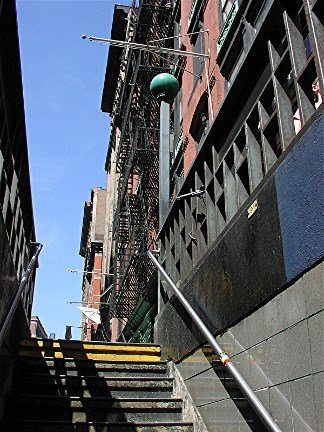
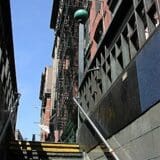
(for Sonia Nieto)
In Brooklyn, the mice were crazy
with courage, bony gray pickpockets
snatching crumbs from plates
at the table. The roaches
panicked in spirals on the floor,
or weaved down walls
for the sanctuary of cracked paint.
No heat, so the oven door drooped open
like an immigrant’s surprise.
Sonia’s mother was mute in English,
mouth chapped and coughing
without words to yell for heat.
But the neighbors spoke of Borofels:
Tell Borofels, and mice shrivel in traps,
roaches kick in poisoned heaps,
steam pipes bang so loud
that windows open in winter.
Sonia and her mother sailed
on a subway train rocking like a ship
desperate for light, then rose
into an untranslated territory
of Brooklyn. So Sonia translated:
“Where is Borofels?”
No one knew;


Author and documentary film co-producer (Wal-Mart: The High Cost of Low Price, Iraq for Sale) Kerry Candaele’s newest work records the transformative power that Ludwig van Beethoven’s Ninth Symphony has had upon the lives of four people. These stories took him to a dozen countries on five continents, part of a journey of discovery about one of music’s greatest achievements. In Candaele’s new documentary, Following the Ninth: In the Footsteps of Beethoven’s Final Symphony, the Ninth’s “Ode to Joy” choral finale emerges as a soundtrack for social justice and world brotherhood.
In this film, which Bill Moyers calls “beautiful and powerful,” Candaele recounts the struggles of rebellious students like Feng Congde at Tiananmen Square, who played the “Ode to Joy” over loudspeakers as they faced the tanks,
» Read more about: Interview With the Director of ‘Following the Ninth’ »
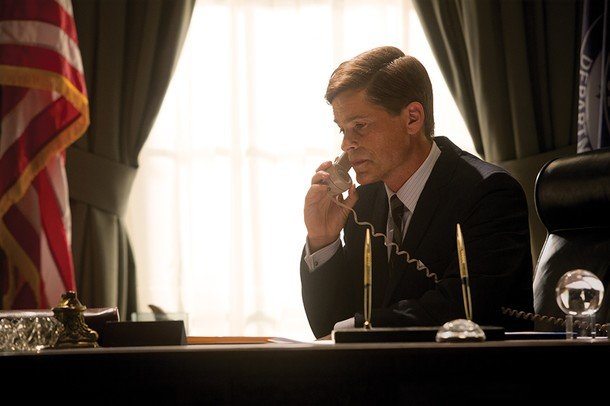

The motorcade of JFK commemorative TV programs began this week and will continue through the half-century anniversary on November 22. The 35th president’s reputation has run the arc from martyr to cultural piñata and, if JFK: A President Betrayed is any indication, is returning to sainthood.
Like just about anything open to historical interpretation, Kennedy’s thousand days in office and his assassination provide grist for the relentless, endless shouting matches that have replaced the American conversation about our national identity. In fact, I would say that the culture wars did not start with the Pill, the Beatles, Lenny Bruce, Timothy Leary or Mario Savio – they began the minute John F. Kennedy was pronounced dead.
There was some minor confirmation of this today in the online reaction to the review, by Los Angeles Times TV critic Robert Lloyd, of the National Geographic Channel’s Killing Kennedy,


I have been practicing the first two
lines of a poem by Chung Ling:
“I make fast my white barge
to the bank of the brimming stream.”
One of my students wrote it out for me
phonetically. I want to say these lines
to the old Chines guys I swim
with every afternoon at the Y.
I think they would enjoy it. I think
they would like me. Today there is
no one in the pool but us, and we
are all hanging onto the sides.
I point to the placid water and recite.
They are stunned, and then Mr. Chu
starts to weep. His friends help him
out. They disappear through the blue
door. Later there is a note on my locker,
written on a paper towel,
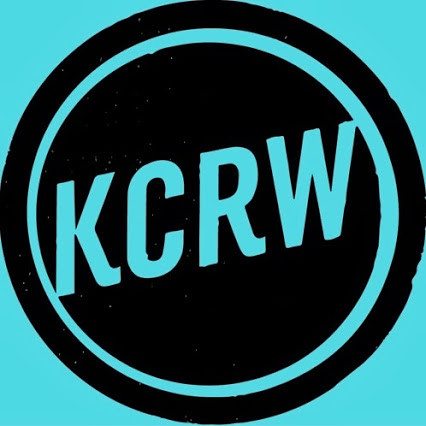

During NPR’s Morning Edition, broadcast on Southern California’s public radio station KCRW, you’ll hear an underwriter spot for “Labor Lawyers” Fisher & Phillips.
Turns out Fisher & Phillips represents employers and it’s not a benign management firm.
Here’s Fisher & Phillips describing on its website how it helped a manufacturing plant during a labor dispute with the Machinists union:
[O]ur firm provided advice to the company on how to weather the strike including the hiring of permanent replacements for the approximately 100 employees . . . Our attorneys also advised our client regarding the legal and practical issues involved in removing the union . . . As a result, today our client’s plant is union-free and more productive than before the strike.
A national firm, Fisher & Phillips’ L.A. partner Lonnie Giamela is referenced in the promo.


Towering profiles of moss-hung oaks, silhouetted against languid Southern sunsets, form some of the indelible images from Steve McQueen’s new film. So too do gruesome close-ups of the scarred backs of antebellum slaves, whose skin has hardened to bark by years of whippings. This is the central visual paradox in 12 Years a Slave, which contrasts quiet moments of primeval, pastoral beauty with the loud, primitive violence practiced by plantation owners.
This is not an easy film to watch, and not simply for its graphic mayhem. The conversational racism of the slavers and the shrugging acceptance of the “peculiar institution” by the story’s more enlightened figures suggest a moral bankruptcy that only the coming Civil War could overcome. That realization will put many white viewers on the spot: It’s an easy thing to boo a tyranny from the safe distance of 170 years, but how do we respond toward more contemporary evils – evils that some may take for granted?


Woke with a start, the dogs
barking out by the fence,
yard flooded with
light. Groped my way
to the window.
Out on the road a dozen quick
figures hugging to shadows:
bundles slung at their shoulders
& water jugs at their hips. You
could hear, under the rattle of
wind, as they passed, the crunch of
sneakers on gravel. Pollos. Illegals
who’d managed to slip past the
Border Patrol, its Broncos
& choppers endlessly circling the
canyons & hills between here & Tecate.
Out there, in the dark, they could have
been anyone: refugees from Rwanda,
slaves pushing north.
Palestinians, Gypsies, Armenians, Jews….
The lights of Tijuana, that yellow
haze to the west, could have
been Melos, Cracow, Quang Ngai….
I watched from the window till they were lost in
the shadows.


Rich and poor — two sides of the same coin. That “coin” meaning money and how much you have. While Americans seem to love money and idolize those who possess it, having it isn’t so good for you. That’s right. Not only does money not buy happiness, it can be downright hurtful to those who are rich, as well as the rest of us.
For years I have noticed that BMW drivers tend to cut people off and generally drive with an attitude of arrogance toward others. Now some recent studies demonstrate that I am not just seeing things. People with more expensive cars drive as though they’re entitled to cut people off at intersections or whip by on the right.
The rich also prefer to play and work alone – distancing themselves from others. But you don’t have to actually be rich to act like that.
This past Friday Occidental College professor and Frying Pan News contributor Peter Dreier appeared on Moyers & Company. Dreier expressed an optimism that after 30 years of big business backing rightwing agendas, the consequences of those agendas have now boomeranged back against Wall Street, opening new possibilities for progressive change in America.
“Americans are now realizing more than ever that we need to go in a new direction,” said Dreier, the author of The 100 Greatest Americans of the 20th Century. “All over America right now there are people fighting back on the grassroots level.”
Click above to watch the entire interview or go to show site here.
» Read more about: Peter Dreier Tells Bill Moyers: Change Is Happening »


We stood,
as women before us have stood,
looking back at our burning cities,
watching the smoke
rise from our empty homes.
It was quiet then. And cold.
We heard their cries, the caged birds
clawing at their perches, our daughters
naked in the hungry mob.
Such death. The smell of justice
drifting on the burnt wind.
We saw it all,
saw the fire fall like rain,
saw our tears
track stiff, white veins
down our bodies,
saw the brine crawl
through salt-cracked skin.
Now, turning in the restless night,
we dream we stand there still,
alone on the hill’s black belly.
We, the forgotten,
whose names were swallowed by God.
———————————————————————
This poem first appeared in Ploughshares,
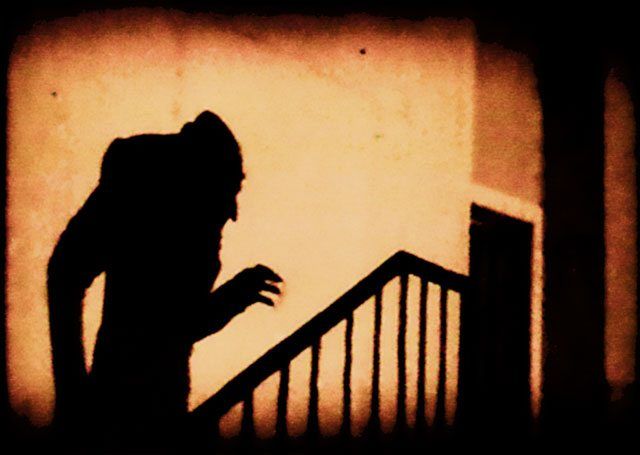

(Labor 411, the group dedicated to promoting products and services that carry the union label, offers a couple of spooky recipes for Halloween treats that are reposted below.)
According to a recent survey, more Americans than ever will be getting in the Halloween spirit this year. Halloween has now become one of the fastest growing and most widely loved holidays in America. We here at Labor 411 love Halloween because it’s all about the candy — and so much of it is union made! You can get a complete list of union-made candy by clicking here.
Sometimes buying union candy can be confusing, mostly to do with what we call “bridge companies,” which can make some of their products both in the U.S. and out of the country. So if a company is listed in our directory but you’ve heard they make candy out of the country,